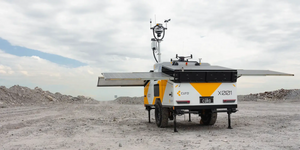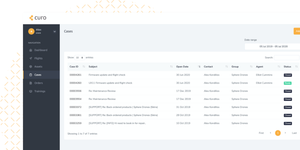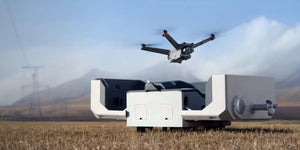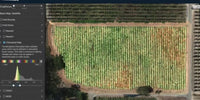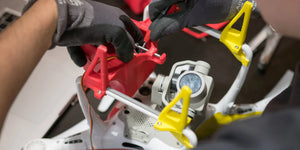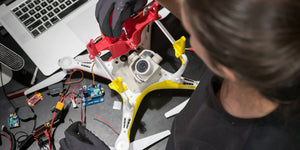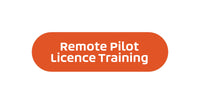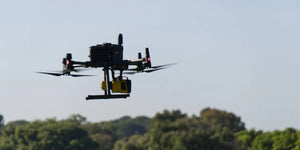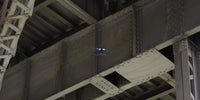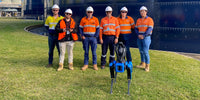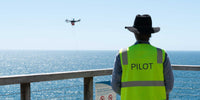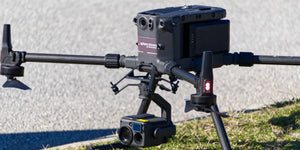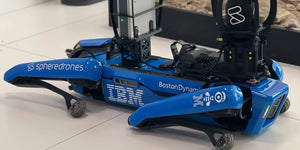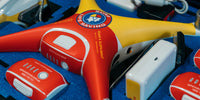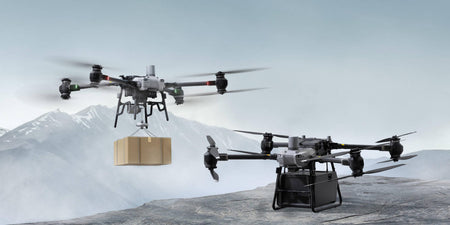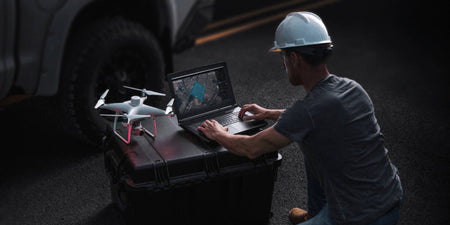The number one thing when it comes to any controlled explosion in a quarry mine is safety for the structures and, more importantly, the people. No matter how much preparation and safety training is undertaken, there is still a risk of blind spots and oversights.
Ferrexpo AG, a prominent iron ore producer operating in the Poltava region of Ukraine, has turned to drones to improve the safety of blast zones while reducing costs and time needed.
Alexander Tubaltsev, chief miner at Ferrexpo’s Yeristovo Mine in the Ukraine shared:
The safety of our personnel as well as unwanted onlookers within the danger zone is a major concern for us. Theoretically, with drones as part of our operations, the number of accidents has the potential to be reduced to zero.
The company called in help from DroneUA, one of the world's largest drone system integrators. DroneUA provided Ferrexpo with two DJI Matrice 300 RTK drones to perform a field test. The field test aimed at finding out how a commercial drone program could provide the mine with the safest and most cost-efficient execution of a scheduled blast operation in a quarry.
During the field test the Matrice 300 RTKs observed the perimeter of the quarry during the mass explosion with four main objectives:
- To ensure safety during pre-explosion preparations
- Eliminate all security perimeter “blind spots”
- Oversee deployment and manning of personnel at their posts
- To perform a post-explosion equipment inspection
One hour before the explosion the drones are sent up to watch over the perimeter as final checks are completed and people get into their safe posts. The drones monitor the perimeter to ensure there is no one near the blast zone.
For the drones to operate, the team has two options with the Matrice 300 RTK, battery-operated or tethered. Battery operated is excellent as it allows the drone to move around freely but is limited by its 30-40 minutes of battery life. On the other hand, tethered is excellent as it means the drones can stay in the air for up to six hours at a time, but it does mean they are limited in range.
DJI M300s were equipped with the company's Zenmuse H20T sensor payload with a wide-angle camera, a 200x zoom camera, a radiometric thermal camera, and a laser range finder. This meant the drones didn't need to be extremely close to the blast zone and ensure they didn't miss anything by fully utilising the sensor types built-in.
Tubaltsev finished with:
Using a drone for perimeter security is to help the people in charge get people out of the hazardous blast zone. Not only by radio and phone but by aerial video for better oversight too. This brings an added value to the process that ensures better control.
Source: DJI
